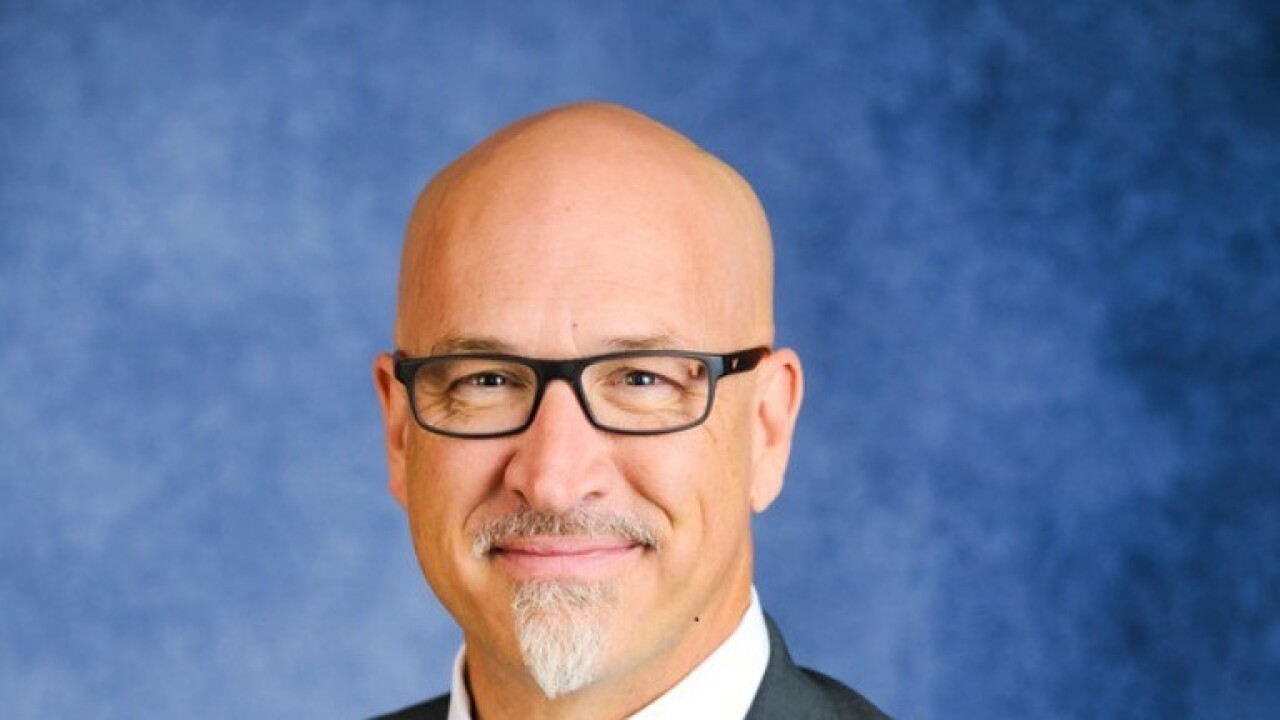By Kristin Hall, Vice President of Clinical Programs, Castlight Health
Mental health apps. Cancer support. Gym stipends. Today's employers are going all-in on benefits designed to help employees live healthier lives. But for many, these perks don't touch the real barriers to wellbeing—the ones that start long before someone walks into a doctor's office or opens a wellness app.
The real roadblocks? Social determinants of health (SDOH)—the conditions where people are born, live, work and age. These include access to food, housing, education, transportation and safety. And they shape health outcomes in powerful, often invisible ways. Even employees with great health coverage can struggle if they're living in a food desert, juggling multiple jobs or caring for aging parents without support.
Wellness incentives won't reverse years of systemic inequity. And a health app won't solve a housing crisis. If employers want to make a real impact, benefit strategies must evolve—extending beyond traditional offerings and into the realities employees face every day.
The Hidden SDOH Risk in Commercial Plans
SDOH challenges aren't limited to Medicaid populations or public health programs. They're deeply embedded in commercial, employer-sponsored health plans, too. Consider these statistics from a
- 27% of the commercially insured population live in ZIP codes at or below 200% of the federal poverty level
- 55% say cost is a major barrier to care
- 26% cite family, school or work responsibilities as obstacles to accessing care
- ER overuse is 34% in low-income ZIP codes vs. 9% in wealthier ones
Meanwhile, 70% of employers offer behavioral health support and 63% provide telehealth—but less than 1% address healthy food access, and fewer than 0.5% offer help with transportation or childcare.
Can Digital Health Help Close the Gap?
It can—and in many cases, it already is. Employers are increasingly turning to digital solutions to bridge gaps and support the whole person, not just their clinical needs. Here's how:
- Smarter Data Collection: Advanced platforms now capture granular SDOH data, offering insight into what's really preventing someone from accessing care
- Expanded Access: Telehealth and mobile tools bring care to where people are—reducing friction and broadening reach
- Digital Inclusion: Tech that meets users where they are—regardless of digital literacy—ensures tools are truly usable
- Linking to Local Services: Some platforms connect users directly with food banks, housing resources or transportation support
- AI-Powered Interventions: Intelligent algorithms can identify those at greatest risk and push timely, personalized resources
But tech isn't a magic bullet. If internet access is limited, or tools aren't culturally or linguistically appropriate, digital innovation can deepen divides instead of closing them.
Privacy must also be protected when gathering sensitive data—and systems must integrate seamlessly to avoid fragmentation.
The Power of Asking Better Questions
Employers often find themselves stuck with disconnected point solutions that fail to offer a full picture of employee health. Without better data, it's impossible to act.
That's why Castlight Health recently enhanced its NCQA-certified Health Risk Assessment (HRA) to include more robust SDOH questions. This comprehensive 70-question tool covers everything from physical health and financial stress to mental wellbeing and safety. The results offer employers a clear, data-backed roadmap for addressing real employee needs.
In Q1 2025, Castlight's HRA revealed eye-opening results from large organizations across the country including many Fortune 500 companies:
- 36% of respondents reported needs tied to social determinants—most commonly the inability to afford basic necessities
- 6% said they felt physically or emotionally unsafe or at risk of self-harm
Turning Insight into Action
Castlight doesn't just surface risk—it acts on it. When an employee indicates a need:
- They receive tailored digital resources aligned with their employer's benefits
- For SDOH needs like food insecurity or housing instability, Castlight provides hyperlocal, community-based support options
- For urgent mental health or safety concerns, a Registered Nurse follows up within 24 hours for a one-on-one check-in and personalized care coordination
This isn't just triage. It's high-touch, personalized intervention that meets people where they are.
Rethinking What Benefits Can Be
Employee wellbeing doesn't start in the clinic—and it shouldn't end in an app. Employers have an opportunity to look deeper, ask better questions and use data to build benefit strategies that meet the full spectrum of human need.
Great benefits alone can't fix SDOH—but with the right tools, insights and commitment, they can help.






